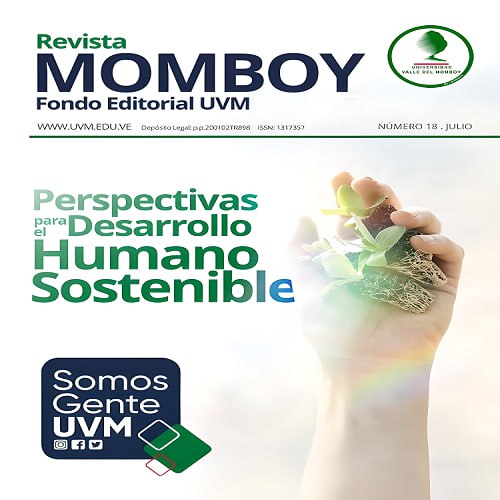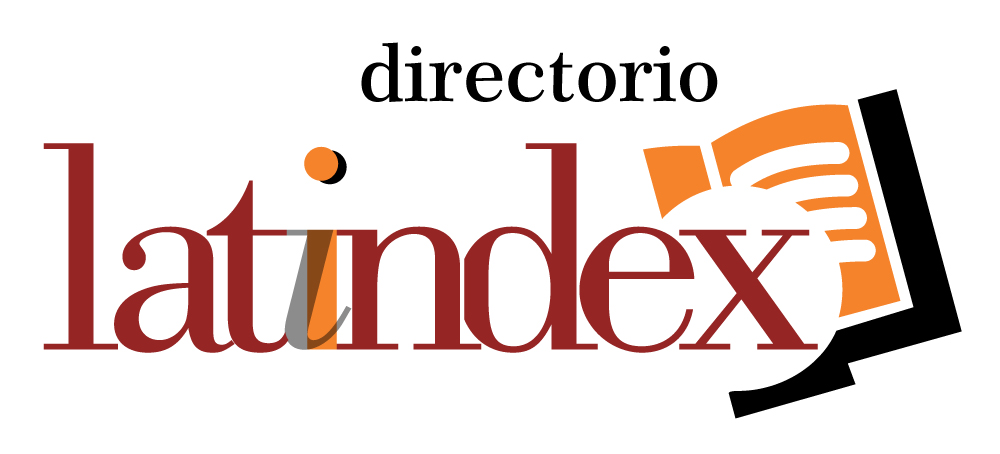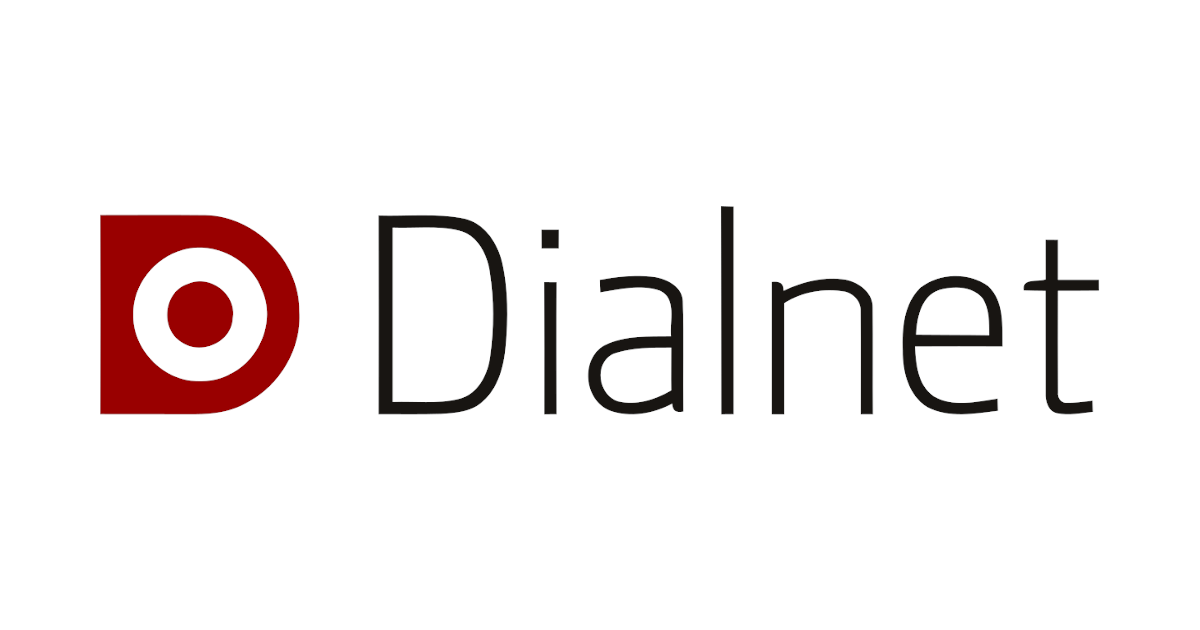Results of the process of the research group-susteinable Isnotu action
DOI:
https://doi.org/10.70219/mby-182022-79Keywords:
Development, sustainability, localization, IsnotúAbstract
This article contains a synthesis of the work carried out by the Investigative Discussion Focus Group (GRUFODIN), within the framework of the thesis approach of the Master's Degree in Public Management of the Valle del Momboy University, cohort 2018 - 2021. It is about an intense research-action program to help create an Integral and Sustainable Development Plan for Isnotú, given the favorable circumstance of the beatification by the Catholic Church of its favorite son José Gregorio Hernández, who is also the best-known and most beloved character of Venezuela throughout its history. First, the result of intense teamwork is presented, which, with the participation of the Isnotú community, covers the analysis of its current situation and the various aspects that characterize this populated center, then the process of building consensus around its strategic plan, to then present the bases of said plan, and conclude with the individual contributions of each participant of the Master's degree, as required by the national regulations that regulate this matter. The main purpose of this research-action process is that the product becomes the strategic guide that guides everything that is done in this territory, so that its development is comprehensive, inclusive, safe, resilient and sustainable, as raises SDG 11 of the Sustainable Development Goals of the 2030 Agenda approved by the United Nations General Assembly, of which Venezuela is a signatory. And may everything be compatible with the values inspired by Blessed Dr. José Gregorio Hernández, a native of this town. The general idea is that Isnotú is a model population center in spirituality, human economy, common good, environmental harmony and with a high density of social capital, summarized in the Shared Vision achieved in this process: “Isnotú, spiritual paradise from Venezuela".
Downloads
References
Camacho, A (1984). “Inventario físico natural del área Betijoque – Isnotú con fines de expansión urbana”. Departamento de Planificación y Ordenación del Ambiente, Trujillo-Mérida.
Carta Encíclica Laudato SI’ (2015). “sobre el cuidado de la casa común”. Del Santo Padre Francisco. Una Ecología Integral Recuperado: http://www.vatican.va/content/francesco/es/encyclicals/documents/papafrancesco_20150524_enciclica-laudato-si.html.
Comisión de la Diócesis de Trujillo para la Beatificación del Dr. José Gregorio Hernández. 08 de abril de 2021. Prensa Conferencia Episcopal de Venezuela. Revisado en la web.
Economía Humana (2018). “El Plan de Valores de Terrinches en acción”. Terrinches, provincia de Ciudad Real, en la comunidad autónoma de Castilla-La Mancha, perteneciente a la comarca del Campo de Montiel. España. 31/10/2018
Duplá, Francisco J. y Capriles, Axel. Se llamaba José Gregorio Hernández. 2018 González, F. (2021). “El santuario José Gregorio Hernández”. Valera 23 de marzo de 2021.
González F. (2020). Camino de Santidad. Cronología del Dr. José Gregorio Hernández. Diseño Editorial: Pedro Bracamonte Osuna; Depósito Legal: TR2020000020; ISBN Obra Independiente: 978-980-18-1365-1 Instituto Nacional de Estadística (2007). “Informes geoambientales, estado Trujillo 2007“.
Ministerio del Desarrollo Urbano (s/f): “Isnotú”. Área central. Valera estado Trujillo.
Naciones Unidas (2021). ”Agenda 2030 para el Desarrollo Sostenible”. CEPAL. Comisión Económica para América Latina y el Caribe. Biblioteca CEPAL. Última actualización 6 de Abril 2021. Recuperado: https://biblioguias.cepal.org/c.php?g=447204&p=3192652
Programa de las Naciones Unidas para el Desarrollo. (2015). “Transformar nuestro mundo: La Agenda 2030 para el Desarrollo Sostenible”. ODS 11: Ciudades y comunidades sostenibles. Pág. 14. Recuperado file:///C:/Users/Argenis/Downloads/PNUDArgent-DossierODS.pdf
Programa de las Naciones Unidas para el Desarrollo (2015). “Objetivo 4: Educación de calidad” ONU. Objetivos de Desarrollo Sostenible. Recuperado: https://www1.undp.org/content/undp/es/home/sustainable-developmentgoals/goal-4-quality-education.html
Unesco (2000). ”Carta de La Tierra”. París. Palacio de la Paz en La Haya, 29 de junio de 2000. Recuperado: https://cartadelatierra.org/lea-la-carta-de-latierra/descargar-la-carta/
Unesco (2019). “Cátedra Unesco de Educación para el Desarrollo Sostenible”.
Yáber, Miguel (2009). José Gregorio Hernández. Ediciones Trípode: Caracas.
Yanez, Consuelo (2006), Educar para ser. Impresión Edicar. Quito.
Downloads
Published
How to Cite
Issue
Section
License
Copyright (c) 2022 Francisco González Cruz

This work is licensed under a Creative Commons Attribution 4.0 International License.











